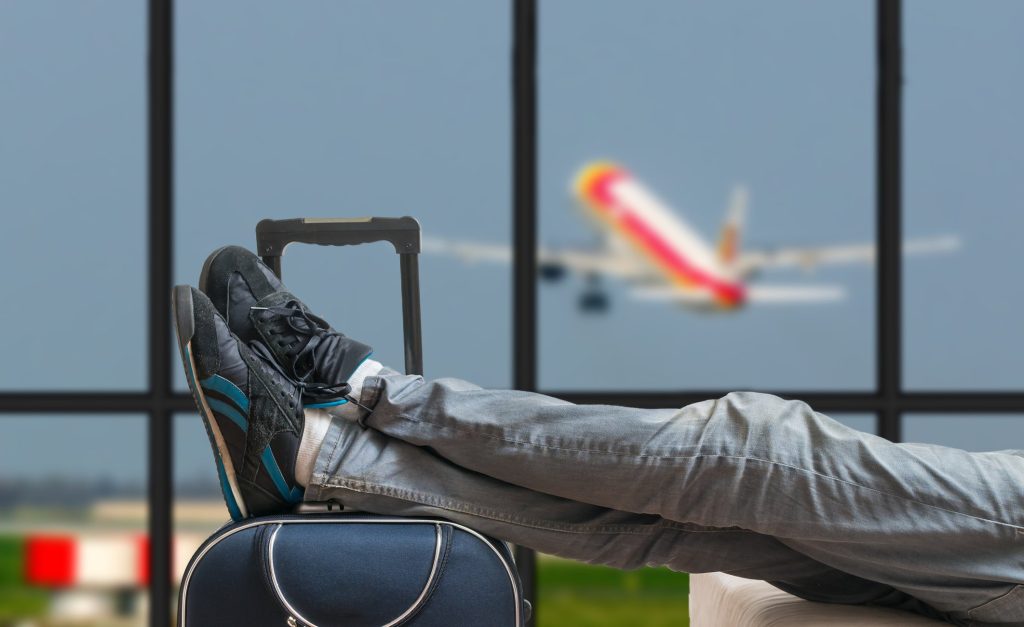For first-time flyers, the whole experience of flying can seem a bit daunting. From booking your ticket, and packing your bags, to navigating through the airport, there’s a lot to consider.
But don’t worry, this comprehensive guide, brought to you by AirAdvisor, is here to help. We’ve assembled the top 10 essential tips to make your first-time flying experience as smooth as possible.
1. Pick the cheapest days to fly
Knowing the best days to fly can significantly impact your travel budget. Generally, the middle of the week offers the cheapest airfares. Tuesdays and Wednesdays, in particular, are often less expensive than the rest of the week. This is because business travellers typically fly at the start or end of the week, and airlines tend to lower fares on less popular days to fill their planes.
2. Pick your seat
Selecting your seat is more than just a formality; it can greatly influence your comfort and experience onboard. If you’re someone who enjoys views or likes a bit more elbow room, window seats might be the perfect choice for you. On the other hand, aisle seats provide easier access to the lavatories and exit, which can be advantageous, especially on longer flights. When booking your ticket, most airlines will give you the option to choose your seat. You can often do this via an interactive seating map that shows the layout of the aircraft. Some airlines may charge extra for certain seats, such as those with additional legroom or those located in the front of the cabin, so keep this in mind when making your selection.
3. Check-in online
Online check-in is a fantastic tool for all air travellers, including first-time flyers. Most airlines provide this service, allowing you to check in for your flight via their website or mobile app before arriving at the airport.
Online check-in usually opens 24 hours before the flight departure and closes around an hour before domestic flights and 90 minutes before an international flight. During this process, you’ll confirm your attendance on the flight and often have the chance to choose a seat.
4. Adhere to the baggage rules
Each airline has specific regulations regarding what you can bring onboard and how much it should weigh. Typically, airlines allow one piece of carry-on luggage and one personal item, such as a purse or laptop bag. The size and weight limitations for these items vary by airline, so be sure to check the rules of the airline you’re flying with.
As for checked baggage, airlines also have specific weight and size restrictions. Exceeding these can result in hefty fees, so it’s essential to weigh your luggage before arriving at the airport.
5. Dress comfortably
Choosing the right attire for your flight, especially if it’s a long-haul journey, can make a world of difference in your comfort level. Your in-flight outfit should strike the perfect balance between comfort and practicality.
6. Bring in-flight accessories
When preparing for your flight, especially if it’s a long-haul trip, it’s important to ensure your comfort. A few carefully selected in-flight accessories can greatly enhance your overall experience.
For instance, noise-cancelling headphones or earbuds are invaluable for blocking out the ambient noise of the aircraft and creating a more peaceful journey. If you’re hoping to sleep during the flight, a travel pillow and an eye mask can go a long way towards helping you get some rest.
Additionally, a portable power bank can ensure your electronic devices, like your phone or tablet, remain charged throughout the flight. This is particularly important if you plan to use your device for entertainment during the flight, such as for watching movies or reading.
7. Bring your own food
Depending on the length of your flight and the specific services provided by your airline, in-flight meals may not always be available. And even when they are, you might prefer to bring your own food, either for dietary reasons, to save money, or simply because you prefer the taste of your own meals. You can bring many types of food through TSA checkpoints, including sandwiches, fruit, cheese, and even chocolate, among other options.
8. Arrive at the airport early
First-time flyers often experience stress related to the fear of missing their flight. To alleviate this anxiety, it’s highly recommended to arrive at the airport well in advance of your scheduled departure time. For domestic flights, it’s generally suggested to arrive at least 2 hours early. For international flights, a minimum of 3 or 4 hours early is advised. Arriving early ensures you have sufficient time to check in, go through security, find your gate, and even grab a bite to eat or do some shopping before your flight.
9. Check what documents you need
The documents required for travel can vary depending on the type of flight (domestic or international) and where you’re flying from and to. Ensuring you have the correct documents is critical for a smooth journey.
Remember to always check the specific requirements of your airline and the immigration policies of your destination country. Additionally, ensure your documents are valid not only for your dates of travel but also for a period after you return, as many countries require your passport to be valid for several months beyond your visit.
10. Be prepared for going through security
Passing through airport security can be one of the most stressful parts of flying, especially if you’ve never been through airport security before. However, with some preparation and knowledge, you can streamline the process significantly.
Before you reach the security checkpoint, have your travel documents and identification ready. This typically means your boarding pass and passport or ID.
Upon clearing security, you’ll enter the departure lounge. This is a place to unwind, grab a bite, shop, or make your way to your boarding gate. Don’t forget to keep an eye on flight information screens for updates about your flight or gate changes.










